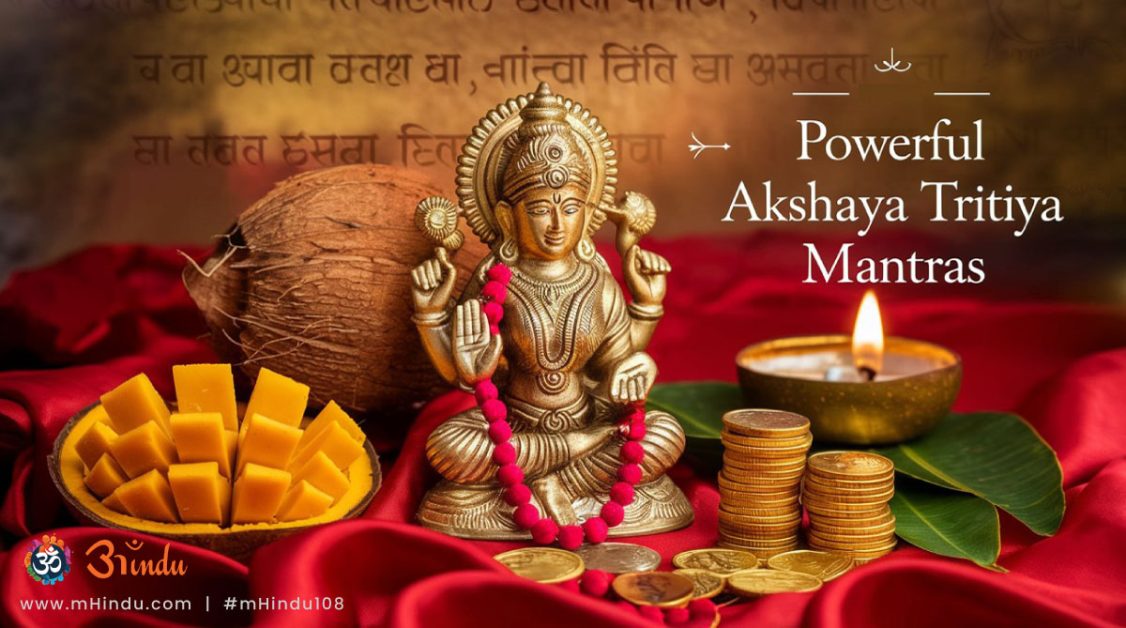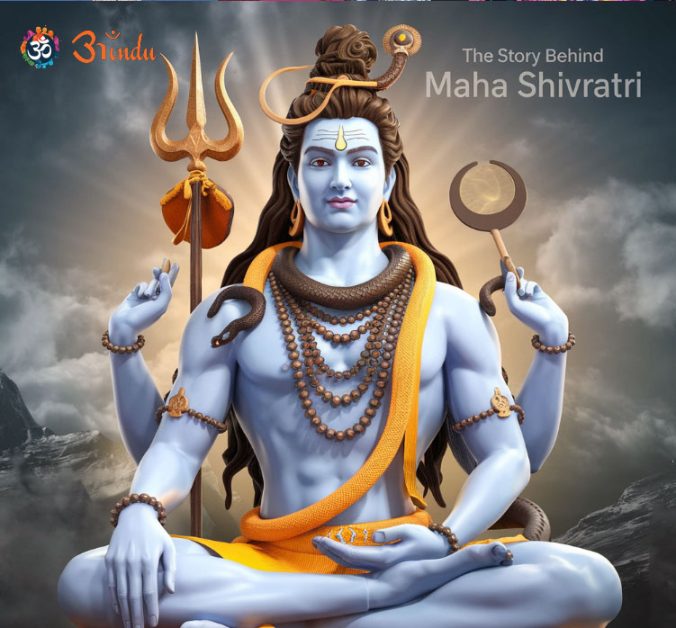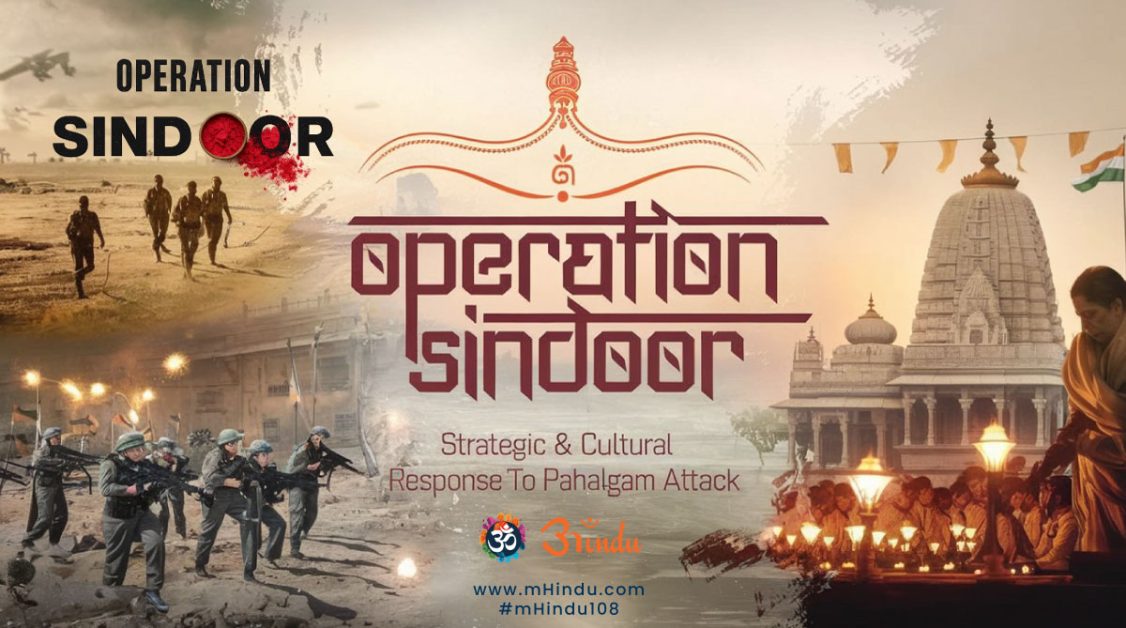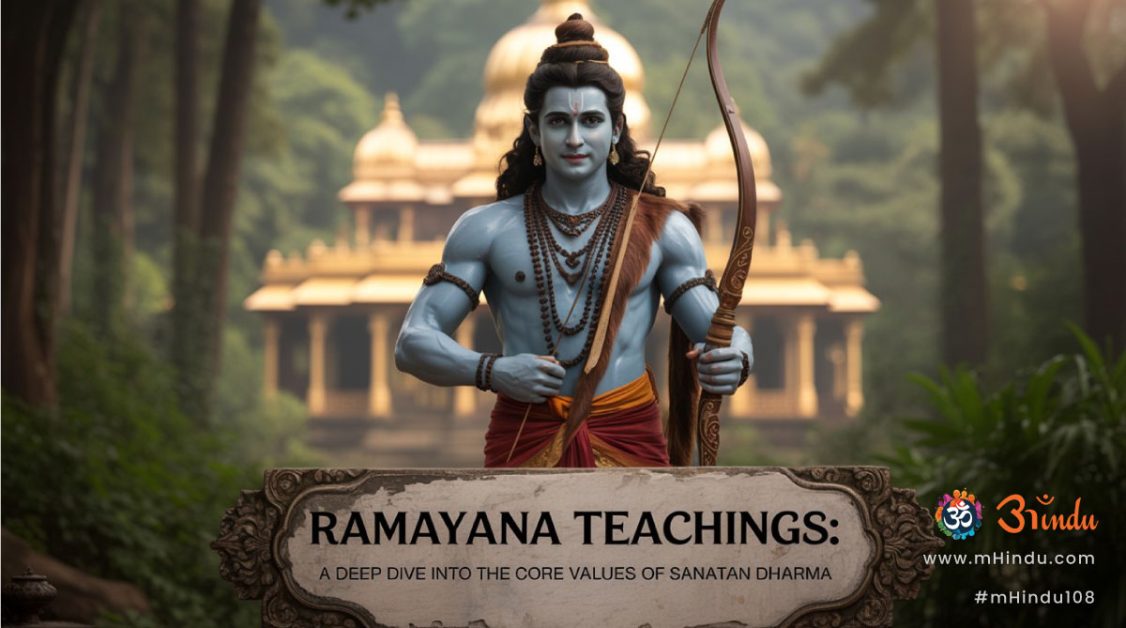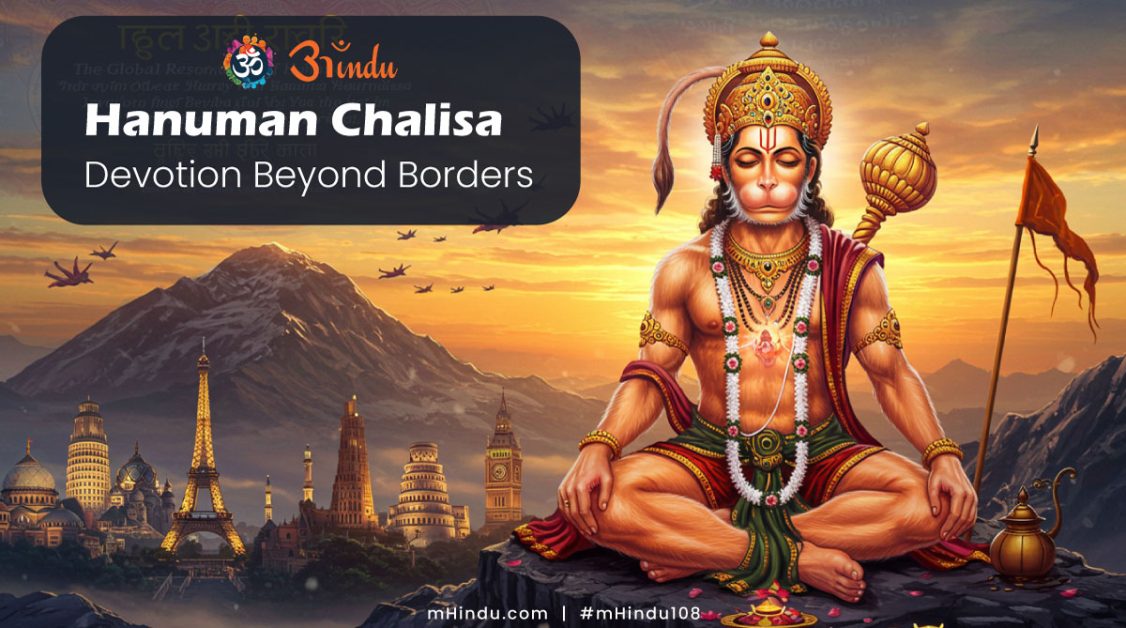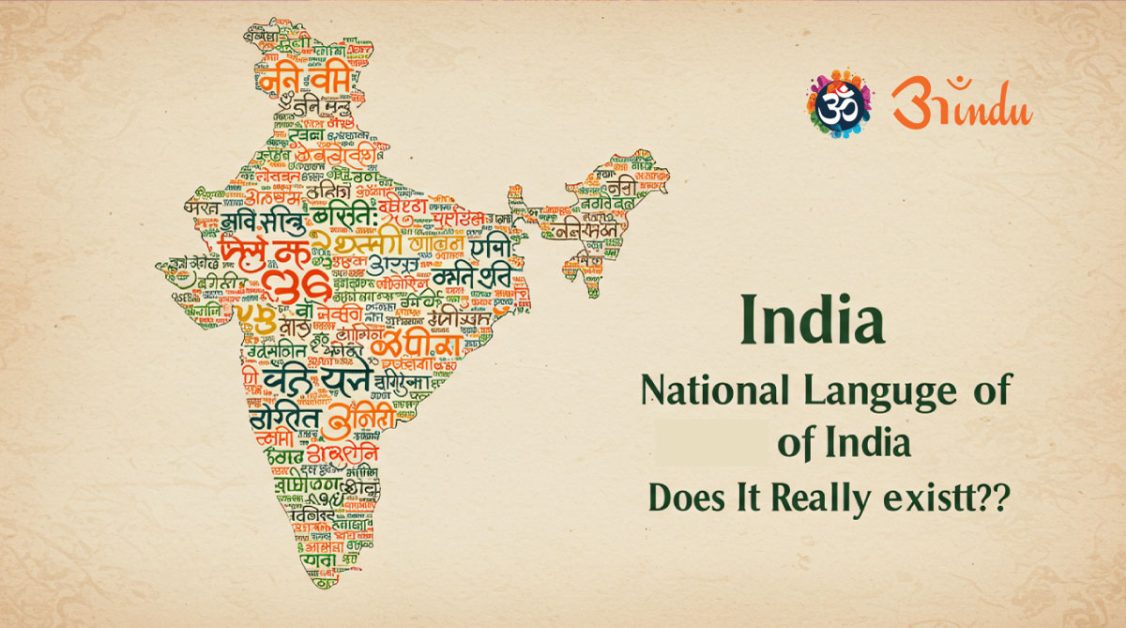
The celebration of Holi festival is a cherished tradition that resonates deeply within the Hindu community. It’s a time when vibrant colors paint the streets, laughter fills the air, and the spirit of unity prevails. More than just a festival of colors, Holi is a celebration of the triumph of good over evil, a time for forgiveness, and a renewal of bonds. This blog will delve into the essence of the celebration of Holi festival, exploring its rich traditions, spiritual significance, and modern adaptations.
Explore Blog Content
ToggleUnveiling the Layers of Holi
The Mythological Roots: A Story of Devotion and Triumph
- The Legend of Prahlad and Holika: The core narrative of the celebration of Holi festival is the tale of Prahlad, a steadfast devotee of Lord Vishnu, and his father, Hiranyakashipu, a demon king. Despite Hiranyakashipu’s tyrannical demands, Prahlad remained devoted to Vishnu.
- Holika Dahan: The Symbol of Victory: Holika, Hiranyakashipu’s sister, attempted to kill Prahlad by entering a blazing pyre with him. However, Prahlad’s unwavering faith protected him, and Holika was consumed by the flames. This event, known as Holika Dahan, symbolizes the triumph of good over evil, a pivotal aspect of the celebration of Holi festival.
- Spiritual Significance: This story reinforces the Hindu belief in the power of devotion and the ultimate victory of righteousness. It’s a reminder that faith can overcome adversity, a central theme in the celebration of Holi festival.
Holika Dahan: The Ritual of Purification and Renewal
- Preparing the Pyre: Days before Holi, communities gather wood and other combustible materials to build the Holika pyre. This collective effort fosters a sense of community.
- The Ritual and Its Meaning: On the eve of Holi, the pyre is lit, symbolizing the burning of negativity, evil, and vices. People circumambulate the fire, offering prayers and seeking blessings.
- Holika Dahan’s Importance: This ritual is a powerful act of purification, reminding us to cleanse our inner selves of negative emotions and embrace positivity, a crucial element of the celebration of Holi festival.
"होली का त्योहार हमें यह सिखाता है कि जीवन के हर रंग को खुशी के साथ अपनाएं, और बुराई पर अच्छाई की जीत को याद रखें।"लाल बहादुर शास्त्री
"The festival of Holi teaches us to embrace every color of life with joy, and to remember the victory of good over evil."
Rangwali Holi: The Joyous Festival of Colors
- The Vibrant Play of Gulal: Rangwali Holi, the main day of the festival, is a vibrant celebration of colors. People of all ages come together, throwing colored powders (gulal) and water on each other, creating a spectacle of joy and camaraderie.
- Traditional vs. Modern Colors: Traditionally, natural colors derived from flowers, herbs, and spices were used. Today, while synthetic colors are prevalent, there’s a growing awareness of eco-friendly and skin-friendly natural alternatives.
- Regional Variations: The celebration of Holi festival varies across India. In Braj, it’s known as Lathmar Holi, where women playfully beat men with sticks. In other regions, it’s celebrated with music, dance, and traditional sweets.
- Social Harmony: The application of colors breaks down social barriers, fostering a sense of equality and unity, a key element within the celebration of Holi festival.
Traditional Sweets and Culinary Delights: Sharing Joy
- Gujiya: A Festive Staple: Gujiya, a sweet dumpling filled with khoya and dry fruits, is an essential part of Holi celebrations. Other popular sweets include malpua, dahi bhalle, and thandai.
- The Significance of Food: Sharing these traditional delicacies strengthens bonds and fosters a sense of community. The preparation and sharing of these sweets are integral to the celebration of Holi festival.
- Regional Specialties: Different regions have their unique Holi delicacies, adding to the culinary richness of the festival.
Holi Puja Vidhi: Seeking Divine Blessings and Protection
- Performing the Puja: Many families perform a special puja (prayer) before playing with colors, seeking blessings for prosperity and well-being.
- The Importance of Rituals: These rituals connect us to our spiritual roots, instilling a sense of reverence and gratitude. The celebration of Holi festival gains more meaning with these Puja Vidhi.
- Preparation and Offerings: The puja typically involves offering coconut, fruits, sweets, and other auspicious items to the deities.
"होली सिर्फ रंगों का त्योहार नहीं, यह प्रेम, एकता और भाईचारे का प्रतीक है।"ए.पी.जे. अब्दुल कलाम
"Holi is not just a festival of colors, it is a symbol of love, unity, and brotherhood."
Modern Adaptations and Trends: Evolving Traditions
- Eco-Friendly Holi Practices: With increasing environmental awareness, many are opting for eco-friendly Holi celebrations, using natural colors and minimizing water wastage.
- Community Events and Gatherings: Organized community events, cultural programs, and parties have become popular ways to celebrate Holi.
- Holi in the Digital Age: Social media platforms play a crucial role in sharing festive greetings and experiences, amplifying the reach of the celebration of Holi festival.
- Destination Holi Experiences: Many people now travel to places like Mathura and Vrindavan to experience the authentic celebration of Holi.
Connecting with the Spiritual Essence: Forgiveness and Unity
- Forgiveness and Reconciliation: Holi is a time for forgiveness and reconciliation, letting go of past grudges and strengthening relationships.
- Celebrating Unity and Harmony: The festival promotes a sense of unity and harmony, breaking down social barriers and fostering a spirit of togetherness.
- Reflecting on the Triumph of Good: Holika Dahan reminds us of the eternal triumph of good over evil, inspiring us to lead a life of righteousness and compassion. This is a very important aspect of the celebration of Holi festival.
Summary: Embracing the Spirit of Holi’s Joy
The celebration of Holi festival is a multifaceted experience that encompasses mythological tales, spiritual rituals, and joyous festivities. From the symbolic burning of Holika to the vibrant play of colors, each aspect of Holi holds profound significance. By understanding and embracing these traditions, we can truly experience the essence of this auspicious festival. The rituals, the colors, and the shared joy create a powerful sense of community and spiritual renewal. Let the vibrant colors of Holi fill your life with happiness, prosperity, and spiritual enlightenment.
FAQs:
- What is the significance of Holika Dahan in the celebration of Holi festival?
- Holika Dahan symbolizes the burning of evil and negativity, representing the victory of good over evil. It’s a ritual that reminds us to purge our inner selves of negative emotions and embrace positivity, and it is the start of the celebration of Holi festival.
- How can I celebrate an eco-friendly Holi?
- To celebrate an eco-friendly Holi, use natural colors derived from flowers, herbs, and spices. Avoid synthetic colors that can harm the environment and your skin. Minimize water wastage by playing dry Holi or using minimal water. Dispose of waste responsibly and avoid using plastic bags.
- What are the traditional sweets made during the celebration of Holi festival?
- Traditional sweets made during Holi include gujiya, malpua, dahi bhalle, and thandai. These delicacies are shared among family and friends, symbolizing the sharing of joy and happiness, a key aspect of the celebration of Holi festival.
- What is Lathmar Holi, and where is it celebrated?
- Lathmar Holi is a unique celebration in the Braj region, particularly in Barsana and Nandgaon. During this celebration, women playfully beat men with sticks (lathis), while the men try to defend themselves with shields. It’s a fun and lively event that attracts tourists from all over the world.
- Why do we play with colors during the celebration of Holi festival?
- Playing with colors during Holi signifies the breaking down of social barriers and the celebration of unity. It symbolizes the joy and vibrancy of life, bringing people together in a spirit of camaraderie.
- What is the story behind Radha Krishna Holi celebrations in Braj?
- In Braj, Holi is closely associated with the divine love of Radha and Krishna. It is said that Krishna used to playfully throw colored water on Radha and the gopis. This playful tradition has evolved into the vibrant celebration of Holi that we see today, particularly in places like Vrindavan and Mathura.
- How do I perform Holi Puja Vidhi at home during the celebration of Holi festival?
- Holi Puja Vidhi involves offering prayers to Lord Vishnu and other deities. Prepare offerings like coconut, fruits, and sweets. Light a diya and incense, and chant mantras. Seek blessings for prosperity and well-being.
- What is the significance of the bonfire in Holika Dahan during the celebration of Holi festival?
- The bonfire in Holika Dahan symbolizes the destruction of evil and negativity. It represents the burning of Holika, the evil aunt of Prahlad, and signifies the triumph of good over evil. The flames are believed to purify the atmosphere and ward off negative energies.


